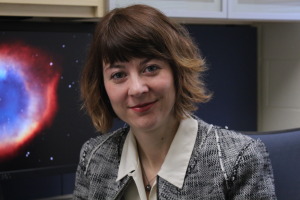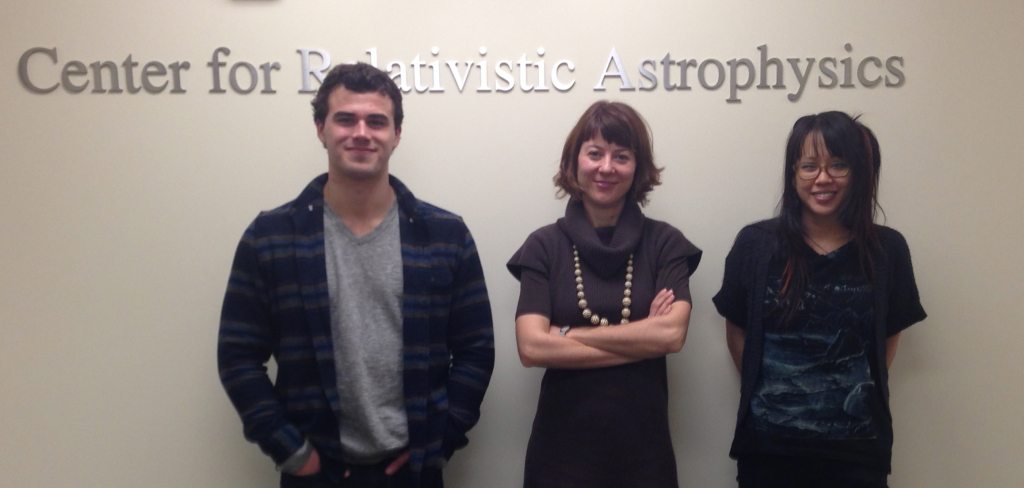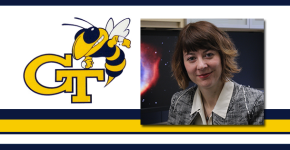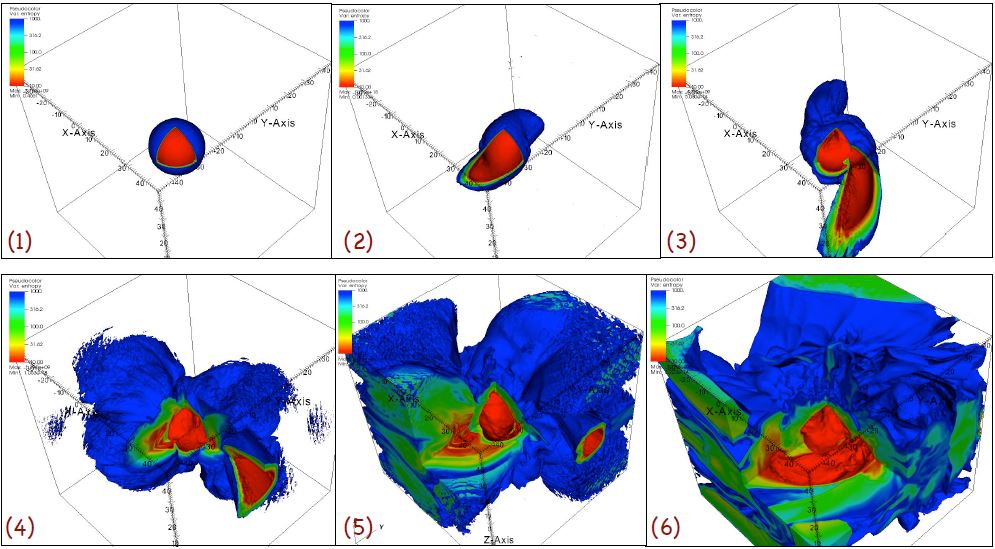
Tamara Bogdanovic, a professor of physics at Georgia Tech, are using advanced supercomputers to make predictions about the behavior of black holes.
Tidal Disruption
![]()
Astrophysicists think that nearly every galaxy in the universe hosts a super-massive black hole at its center. In about one percent of galaxies, super-massive black holes are actively feeding by accreting gas and can be seen as bright beacons in galactic nuclei. In the rest of cases, they are quiescent and it is an observational challenge to infer their presence.

There are however super-massive black holes that are caught in the very act of swallowing a star in an event called “tidal disruption”. When this happens the nucleus of a previously quiescent galaxy suddenly lights up. For more than 20 years astrophysicists have used this signature as a signpost for super-massive black holes. Such detections were however rare because their unpredictable nature makes it impossible to know where on the sky will the next black hole devour a star.

The observational searches for this type of transients have improved over the past few years as several astronomical surveys dedicated to scanning the night sky came online. The new observatories are providing us with a larger number of events and data of higher quality. For the first time these may allow us to learn about the type of disrupted stars and to estimate more robustly the mass of the culprit black holes. To do that we need theoretical models that make predictions about the dependence of the observed signatures on properties of the super-massive black hole and disrupted star.
The most recent data on tidal disruption events is already outpacing theoretical understanding and calling for the development of a new generation of models. Within my research group we use supercomputer simulations to complement and constrain theory and observations. Because we have control over this virtual experiment and can repeat it as needed, we can examine the tidal disruption process from many perspectives. This in turn allows us to determine and quantify the most important physical processes at play.
Read More: NSF: Cosmic Slurp


Comments
One response to “Tamara Bogdanovic, Georgia Tech – Tidal Disruption”